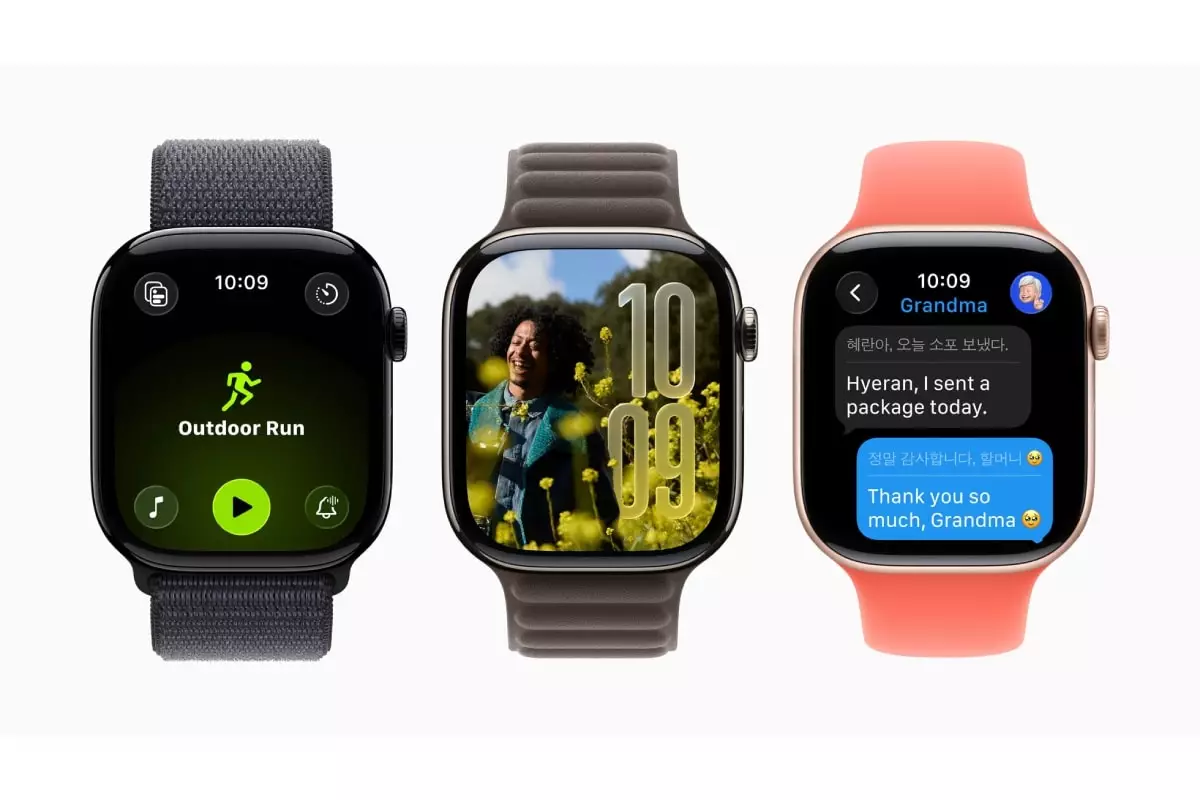At the recent WWDC 2025 keynote, Apple enthusiasts were treated to the announcement of watchOS 26. Touted as a significant advancement in wearable technology, it introduces the new Liquid Glass design—a sleek, visually striking approach aimed at elevating the user experience. But this glamorization raises a critical question: does aesthetic innovation overshadow substantive functional improvement? While the Liquid Glass design is undeniably attractive, it risks becoming superficial if not paired with meaningful upgrades that enhance usability. A watch face that glimmers like a diamond but offers no improved performance is akin to dressing up a mannequin.
AI-Powered Workout Buddy: A Genuine Step Forward or a Gimmick?
The introduction of the AI-powered Workout Buddy is one of the standout features of watchOS 26, leveraging a user’s fitness history to provide personalized insights. While it certainly appears promising, one may wonder if this AI enhancement is truly revolutionary. After all, providing pep talks and tracking mile splits sounds fantastic, but do these features translate to better workouts or merely offer a new way for Apple to market its products? Personalization can be a double-edged sword; depending on how it is executed, it may either engage motivated athletes or alienate casual users who find their data too scrutinized.
Moreover, Apple’s claim that it takes contextual data into account raises concerns about privacy. Will the device be excessively intrusive, converting simple exercise sessions into a detailed surveillance operation? If a user must sacrifice privacy for personalized assistance, it’s essential to re-examine how ‘smart’ these devices are becoming.
Smart Stack and Notifications: Digestible Data or Information Overload?
Another noteworthy addition to watchOS 26 is Smart Stack, featuring improved prediction algorithms based on contextual and sensor data. Apple presents this as an enhancement to the user experience, but one must critique whether adding layers of complexity truly simplifies interactions or if it fosters a breeding ground for information overload. The new interface may look appealing, but it can also lead to more distractions rather than fewer. A constant barrage of notifications, even if delivered through an elegantly designed widget, can divert attention rather than focus it.
The introduced wrist flick gesture to dismiss notifications is a clever touch, but let’s not kid ourselves—this is a band-aid on a much larger issue. In a world oversaturated with stimuli, the question remains whether we can truly tame our need for connectivity without sacrificing our wellbeing.
Live Translation and Message Suggestions: A Glimpse into the Future. Or Not?
The Live Translation feature for Messages might soon allow users to communicate effortlessly across linguistic barriers, but will it eliminate cultural nuances? AI-generated translations offer convenience, yet they often fall short of conveying the emotional essence of human conversation. Language is more than symbols; it’s about context, culture, and subtleties that a machine may never grasp. While the prospect of seamless communication is exciting, one has to wonder if we’re collectively inching toward a homogenized communication style that lacks depth and personalization.
Further complicating matters is the promise of smart replies and customizable backgrounds that sync with the iPhone. While these features may seem handy, they risk distilling rich conversations into robotic exchanges. Let’s face it: adding a cherry on top of a sundae doesn’t make it any less artificial.
Embracing Accessibility: A Positive Note Amid Potential Pitfalls
On a more commendable front, the updates in accessibility features—such as Live Listen with captions—are essential strides toward making technology inclusive for all. In an era where tech is an extension of our identities, making sure it caters to users with disabilities is not just a bonus—it’s a necessity. If Apple leverages its vast resources to champion inclusiveness in watchOS 26, it can set a standard for the industry.
However, as we toast to these advancements, we must also question whether they would flourish in the actual world outside of a demo environment. Real-world application is the test, and tech companies must stay committed to walk the talk.
In sum, while Apple’s watchOS 26 offers considerable updates, it teeters on the brink of superficiality. The risks associated with aesthetic flourishes devoid of substance, the complexities surrounding AI integrations, and the challenges in maintaining human relational depths amidst tech conveniences warrant critical scrutiny. The promises of enhanced design and personalization deserve both applause and a watchful eye. Without careful implementation, we could find ourselves adrift in a sea of stunning gadgets that are beautiful but ultimately hollow.


Leave a Reply